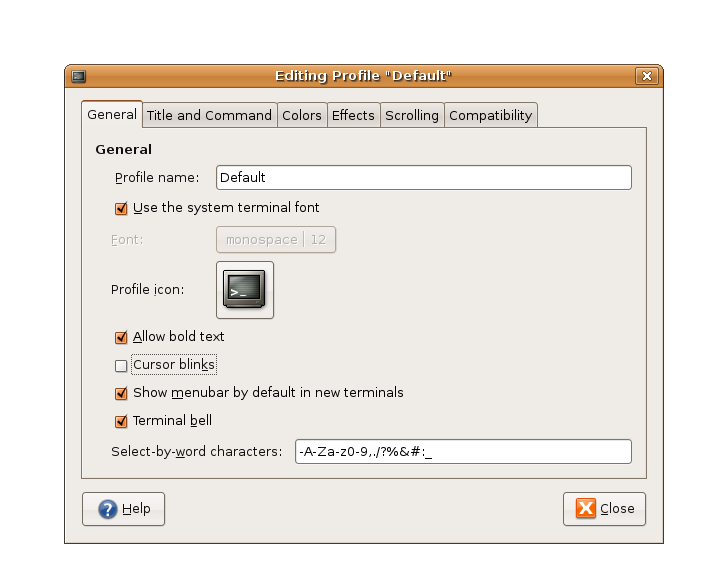

It preserves tab names, the current working directory, and even the shell history. The Terminal saves tabs and sessions when you close the project or PhpStorm. To run multiple sessions inside a tab, right-click the tab and select Split Right or Split Down in the context menu. Start a new sessionĬlick on the toolbar to start a new session in a separate tab. For information about changing the default start directory, see Configure the terminal emulator.Īlternatively, you can right-click any file (for example, in the Project tool window or any open tab) and select Open in Terminal from the context menu to open the Terminal tool window with a new session in the directory of that file. Open the Terminal tool windowįrom the main menu, select View | Tool Windows | Terminal or press Alt+F12.īy default, the terminal emulator runs with the current directory set to the root directory of the current project. For information about changing the shell, see Configure the terminal emulator. Initially, the terminal emulator runs with your default system shell, but it supports many other shells, such as Windows PowerShell, Command Prompt cmd.exe, sh, bash, zsh, csh, and so on. Use it to run Git commands, set file permissions, and perform other command-line tasks without switching to a dedicated terminal application. The "Tango Light" scheme is included as a default option, but you can create your own scheme from scratch or by copying an existing scheme.Ĭolor schemes can be defined in the schemes array of your settings.json file.PhpStorm includes an embedded terminal emulator for working with your command-line shell from inside the IDE. Open a Command Prompt tab if you haven't already, and you'll immediately see that the colors have changed. Once you save this file, Windows Terminal will update any open window.

Notice the extra comma in the hidden line. Look down the JSON file until you find the section that includes: "commandline": "cmd.exe",Ĭhange it to read: "commandline": "cmd.exe", To demonstrate, let's change the color scheme for the Command Prompt profile. This file is where you can define various options per window or per profile. Select Settings, and the settings.json file will open in your default text editor. This will open a pull-down menu that lists the available profiles on your system (for example, Windows PowerShell and Command Prompt) and some other options. Launch Windows Terminal and then select the small downward-facing arrow in the title bar. To change schemes, you'll need to edit the settings.json file in an editor such as Visual Studio Code. Windows Terminal lets you define your own color schemes, either by using the built-in preset schemes, or by creating your own scheme from scratch.


 0 kommentar(er)
0 kommentar(er)
